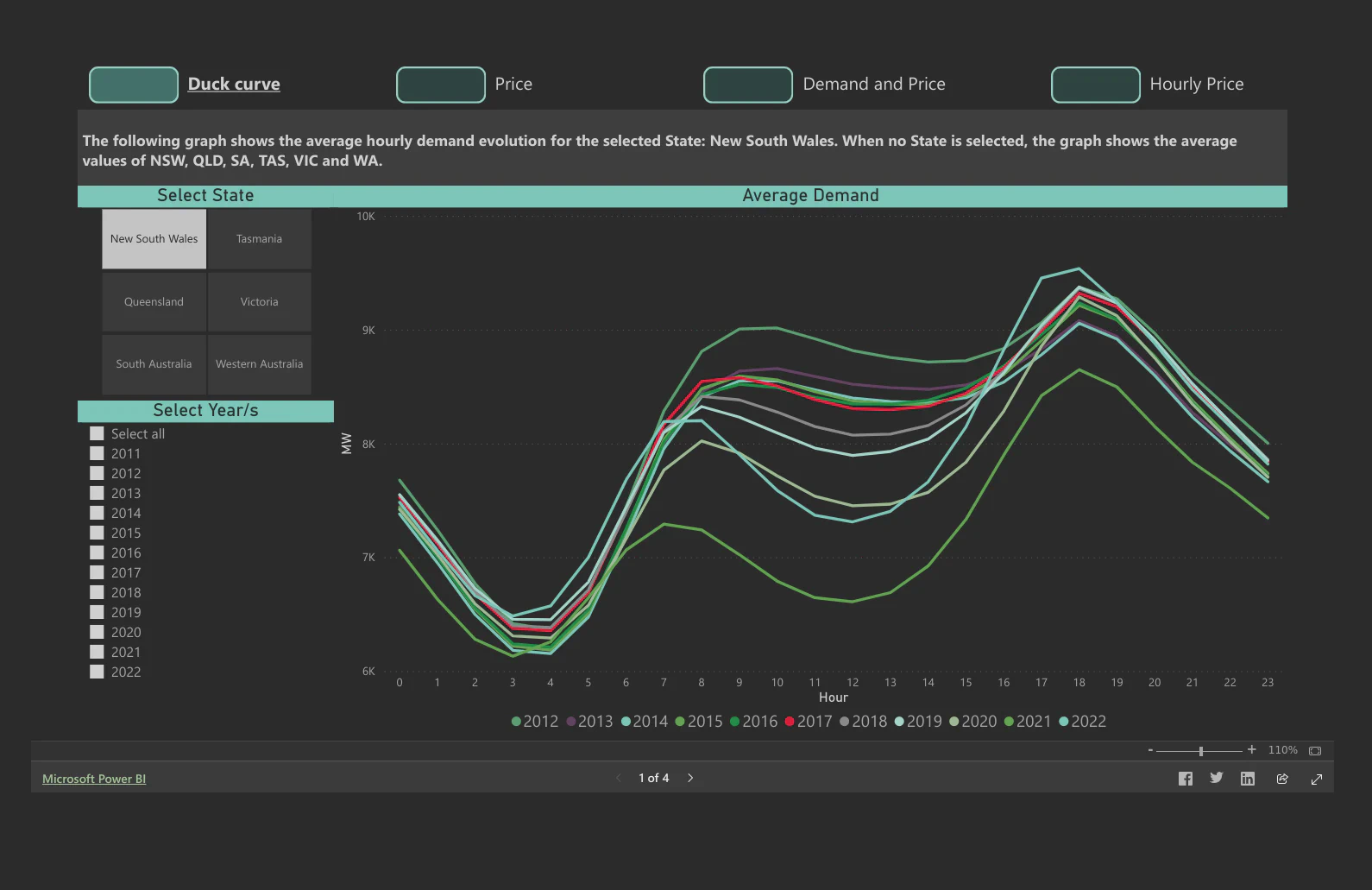Lets Meet
Residential Precinct ACT - Renewable Energy Feasibility Study
Client
An energy consultancy approached us to do some preliminary modelling for a new residential precinct, 12 multi-level mixed-use apartment blocks in Canberra.
Challenge
Conducting a renewable energy feasibility study across a range of possible energy mix (generation, storage, demand) scenarios for a new development. Estimating energy usage is challenging for new builds as they lack data. Physics based modelling programs are available, however they take time to develop, adding significant cost to preliminary energy modelling in answering fundamental questions like, “what is possible?” and “what sand-box should we be playing in?”. Answers to these questions are framed by the appetite for innovation and indicative budgets for new and emerging technologies. To get buy-in for new technologies requires a solid business case evaluating the options. Such as,
“what is the cost of doing things the old way vs trying something new?”.
Concept
- Indicative modelling using precedent data from a previous build.
- Deliver indicative load profiles and maximum demand to enable rapid energy modelling.
- Upload .csv precedent data to the modelling tool.
- Define input scenarios to assess renewable energy feasibility across a range of possible energy generation, storage, and demand solutions to:
- Plan for and implement strategies to minimise energy consumption. And,
- Measure and report on our performance and utilise the data as an input into a continual improvement program.
- Output financial results BCR and NPV analysis to answer problem statement and seek stakeholder buy-in.
Purpose
A Rapid Cost Assessment using Deep Energy is intended to provide a guide to the financial viability of various mixes of energy plant and equipment run as simulations of various hypotheses. It further allowed comparison between various different network & retail tariffs and/or the wholesale price of electricity. The summary informed project partners as to the content and approach with:
- briefs to consulting engineers;
- negotiation with the distribution network, Evoenergy for HV vs multiple LV connections;
- potential regulatory innovation;
- potential Micro-grid/ENO/opt out role; and
- potential BESS community ownership models vs ownership/operation by Evoenergy.
- Embedded network operation benefit assessment.
The aim of the renewable energy feasibility study was to help reduce the ‘duck curve’ by providing mechanisms to counteract energy use during peak (expensive) times, and inducing demand for thermal storage during times of plentiful, cheap electricity. Incentives exist to encourage large consumers to help counteract the duck curve - is this a benefit that can be harnessed by non-commercial/non-industrial energy consumers?

Solution
The modelling tool was used to setup building metadata, tariffs, transform precedent data, run calculations and simulations for:
- A source-of-truth baseline scenario that delivered indicative maximum demand and load flexibility assessment.
- 10+ what-if scenarios for analysis,
- Embedded network vs retail tariff
- Embedded network + solar PV 200kW
- Embedded network + solar PV 200kW + 1MW battery + wholesale electricity passthrough (WSP) contract
- Alternative battery mode, FCAS vs arbitrage on WSP
- Load profile simulation of thermal storage profile (optimal)
- Optimal + embedded network + solar PV 200kW + 1MW battery + WSP
- Amongst others.
Results
- Optimal load profile + embedded network + solar PV 200kW = 2.21 BCR
- $3.45 Million 15-Yr, and $5.81 Million 50-Yr NPV
Deep Energy produced fully simulated yearly outputs from input variables. In addition to mutated load profiles, a flexible load analysis, costs & tariff analysis, the key output is the 15 & 50 year benefit-cost-ratio (BCR) and net-present value (NPV) cash flow tables for each scenario simulated.
Financial reports outputs enabled the top benefit options to be realised enabling the:
Energy consultant to get buy-in from key stakeholders for further detailed physics based modelling of technologies depending on design variables, architectural massing, insulation, air-tightness, fenestrations, plug loads, use cases and resultant HVAC system selection. And,
Engineers to enter into negotiations with the network operator, Evoenergy to push for a HV connection rather than several LV connections to,
- enable WSP participation, and
- reduce demand charges via the HV tariff.

Let’s work together.
Deep Energy is the tool (you didn’t know you) needed in the effort to unlock DER opportunity.
Contact Us